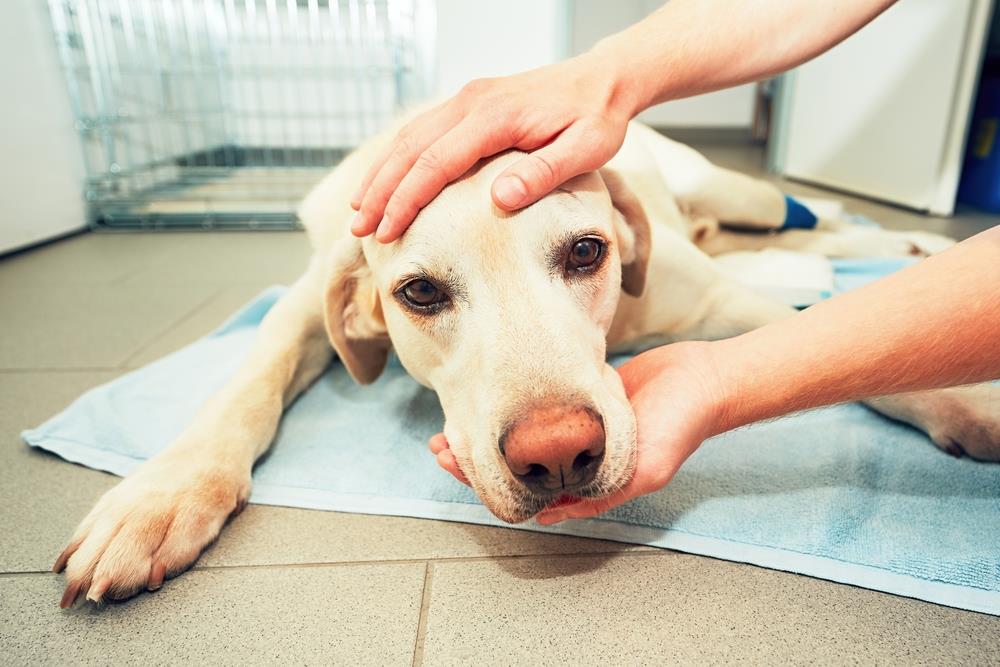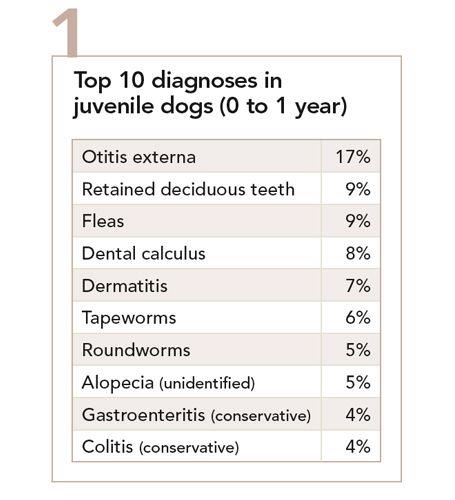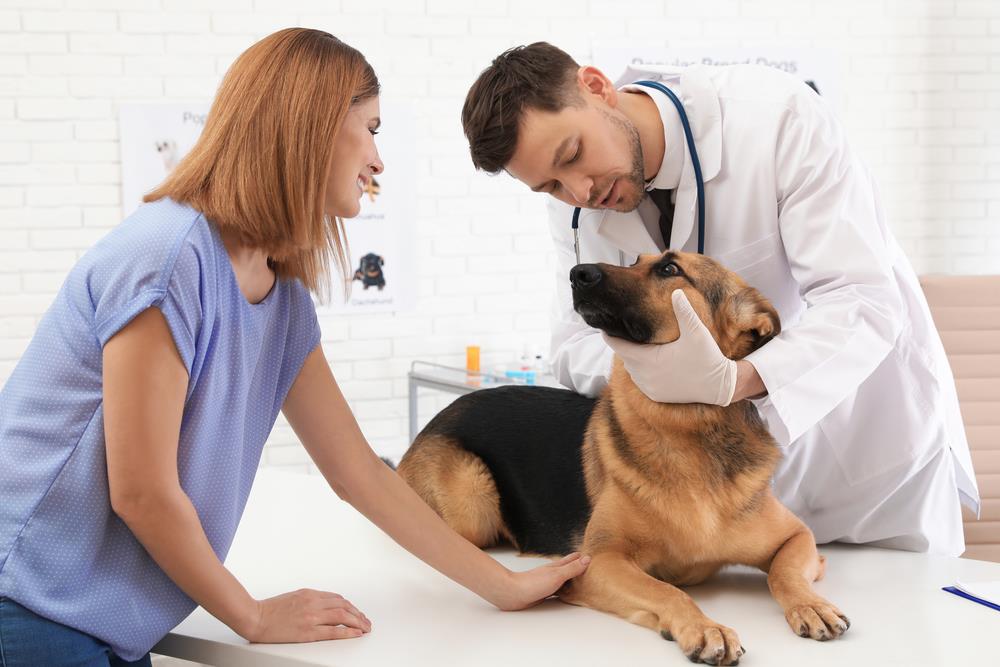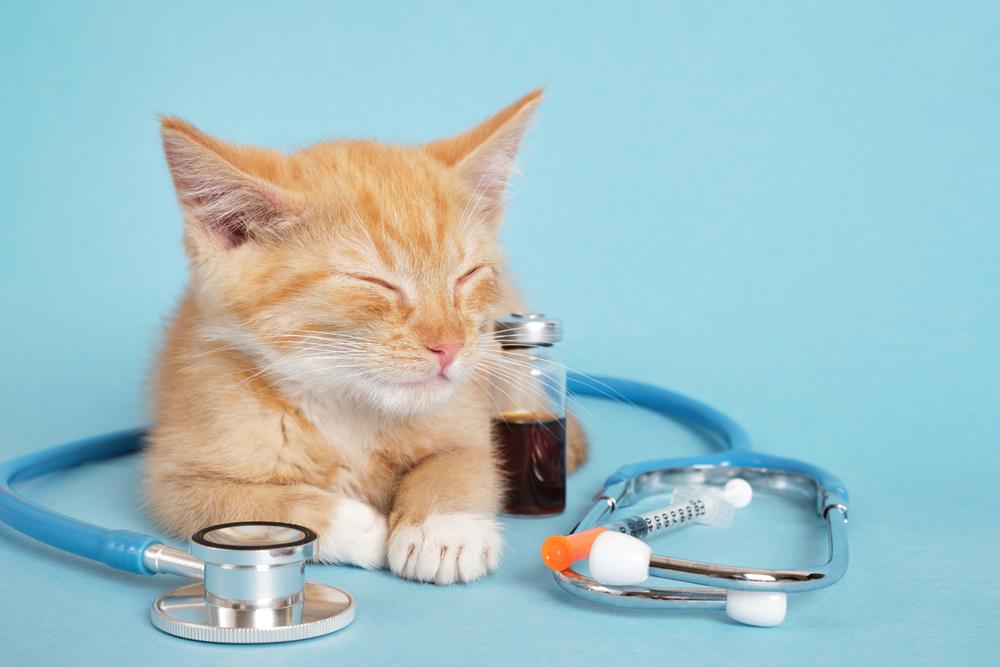1. Recognizing the Warning Signs of Pet Illnesses
As a responsible pet owner, it is crucial to be aware of the warning signs of common pet illnesses. Early detection can lead to prompt treatment and a better prognosis for your furry friend. Some red flags to watch for include changes in appetite, weight loss, lethargy, vomiting, diarrhoea, and coughing. Additionally, pay attention to your pet’s behaviour, as changes in mood or energy levels can also be indicative of an underlying health issue.
In between vet visits, monitor your pet for any signs of distress or discomfort, such as limping, excessive scratching, or difficulty breathing. Unusual odours, discharge, or swelling can also suggest infection or disease.
Importantly, keep in mind that the severity and frequency of symptoms can vary between different animals and that some pets may exhibit subtle or atypical signs. Therefore, it is essential to be familiar with your pet’s normal behaviour and to consult a veterinarian if you have any concerns.

In this article, we explore the top 10 pet illnesses and their causes to help pet owners identify and prevent these common health issues. Understanding the symptoms and causes of these illnesses can help ensure your furry friend stays happy and healthy.
- Gastroenteritis – caused by infections, parasites, or dietary indiscretion. Symptoms include vomiting and diarrhea.
- Urinary Tract Infections (UTIs) – caused by bacteria, resulting in painful urination and increased frequency.
- Flea Allergy Dermatitis – caused by an allergic reaction to flea saliva, leading to itchiness and skin irritation.
- Ear Infections – caused by bacteria, yeast, or ear mites. Symptoms include redness, discharge, and head shaking.
- Kennel Cough – a highly contagious respiratory infection caused by bacteria and viruses. Symptoms include coughing and sneezing.
- Lice Infestations – caused by tiny insects that feed on the pet’s skin and hair, leading to itchiness and hair loss.
- Pancreatitis – an inflammation of the pancreas, often caused by a high-fat diet or obesity. Symptoms include vomiting and abdominal pain.
- Seizures – caused by neurological disorders, toxins, or trauma. Symptoms include muscle twitching and loss of consciousness.
- Heartworm Disease – caused by parasitic worms transmitted by mosquitoes, leading to heart and lung damage.
- Dental Disease – caused by plaque buildup, resulting in bad breath, gum inflammation, and tooth loss.

3. Preventative Measures to Keep Your Pet Healthy
Preventative measures play a crucial role in maintaining your pet’s overall health and well-being. By implementing these simple steps, you can significantly reduce the risk of common pet illnesses.
- Regular vet check-ups are essential in detecting early signs of illness and ensuring your pet receives necessary vaccinations.
- Proper nutrition is vital for maintaining a healthy immune system, preventing obesity, and promoting overall health.
- Consistent exercise helps maintain your pet’s weight, supports joint health, and reduces stress.
- Good grooming habits keep your pet’s skin and coat healthy, prevent infections, and enable you to identify potential health issues.
- Dental care is often overlooked but is essential in preventing oral diseases and infections.
- Implementing parasite control measures, such as flea, tick, and worm treatments, can keep your pet free of harmful parasites.

By following these tips and staying informed about your pet’s health, you can provide them with the best possible care and prevent many common pet illnesses. Regular communication with your veterinarian is crucial in ensuring your pet’s well-being.
4. When to Consult a Veterinarian: Evaluating Your Pet’s Symptoms
As a responsible pet owner, it’s crucial to understand when it’s necessary to consult a veterinarian to evaluate your pet’s symptoms. In general, you should contact your vet if your pet exhibits any sudden changes in behaviour, appetite, or overall health. Some common signs that warrant veterinary attention include vomiting, diarrhea, lethargy, and difficulty breathing. However, it’s essential to familiarise yourself with the specific symptoms that indicate potential pet illnesses.
Early detection and treatment can often lead to better outcomes for your pet, so it’s important to be vigilant and seek professional advice when necessary. In particular, if your pet has a pre-existing medical condition, is very young or old, it’s even more crucial to consult with a veterinarian when observing unusual symptoms. Additionally, Pet Poison Helpline is a valuable resource for determining whether your pet has ingested a harmful substance and requires immediate veterinary care.
5. Treatment Options for Common Pet Illnesses
When it comes to treating common pet illnesses, it is crucial to consult with a qualified veterinarian to determine the most appropriate treatment plan. Some of the most common treatment options for pet illnesses include:
- Antibiotics – These are prescribed for bacterial infections, such as respiratory infections, skin infections, and urinary tract infections.
- Anti-inflammatory medications – These drugs help reduce inflammation and pain associated with conditions like arthritis or injuries.
- Flea and tick treatments – Topical or oral medications are used to prevent and treat flea and tick infestations.
- Deworming medications – These are designed to eliminate internal parasites, such as roundworms and tapeworms, in pets.
- Vaccinations – Regular vaccinations protect pets from various contagious diseases, like parvovirus, distemper, and feline leukemia.
It is essential to keep your pet’s environment clean and provide a healthy diet to aid in the prevention and treatment of illnesses. In some cases, pets may require more specialised treatments, such as surgery or chemotherapy. Always consult your veterinarian for tailored advice regarding your pet’s specific needs and treatment options.

6. Recovery and Long-term Care for Pets with Chronic Illnesses
When it comes to recovery and long-term care for pets with chronic illnesses, it is crucial to provide a supportive and nurturing environment to ensure their well-being. A crucial aspect of this involves working closely with your veterinarian to develop a tailored management plan that addresses the specific needs of your pet. This may include regular check-ups, medication, dietary adjustments, and exercise regimens. It is essential to monitor your pet’s condition and report any changes to the veterinarian promptly.
One key element in managing chronic illnesses in pets is understanding the illness and its potential impact on your pet’s quality of life. This will enable you to make informed decisions about ongoing care and treatment options. Additionally, emotional support and mental stimulation are vital for helping pets cope with chronic conditions.
Another essential aspect is educating yourself about the financial implications of long-term care and exploring options such as pet insurance or assistance programs to help cover costs. Moreover, joining support groups or online forums can provide valuable information and shared experiences from other pet owners in similar situations.


